The Gascon countryside is quintessential rural France: picture-postcard landscapes, bastide villages and a sleepy atmosphere. Unlike the monotonous monoculture of the Médoc or the Côte d’Or, vines here compete for space with sunflowers, maize and cattle.
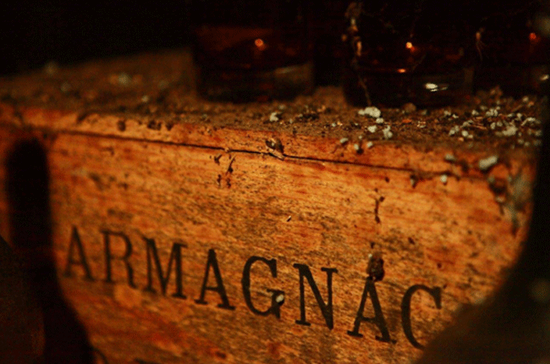
Recently, many vineyards sprinkled between Auch and the Landes forest have been producing increasingly impressive table wines; names such as Côtes de St-Mont and Côtes de Gascogne. But this is also home to Armagnac, France’s oldest distilled spirit. And Armagnac, reflecting the countryside it calls home, is a drink of great variety and nuance – arguably more so than its more celebrated rival, Cognac.
So what, apart from origin, differentiates them? Any analysis of what makes Armagnac special has to begin with the earth.
To stand on the ramparts of Valence-sur-Baïse gazing west over the rolling lowlands of Bas-Armagnac is to stand on the Atlantic sea cliffs of a bygone age. When the waters receded to the Bay of Biscay, they left behind tawny sands and boulbènes – a sand/silt mix – with a high iron content from the nearby Pyrenees. This soil makes Bas-Armagnac the heart of the region, source of the finest and longest-lived brandies, of fruitiness, structure and delicacy.
To the east lies Ténarèze, a mixed bag of chalk-clay soils plus some boulbènes, where the Armagnacs tend to be rounder and richer, but still express their finest qualities only after decades of ageing.
Finally, there is Haut-Armagnac, an L-shaped territory embracing Bas-Armagnac and Ténarèze to the east and south. Chalky soils, highly prized in the Grande Champagne part of Cognac, are less sought-after here, with only a few vineyards scattered throughout the area.
Grapes next, and here the contrast with Cognac is even more evident. While Ugni Blanc accounts for practically the entirety of Cognac production, here it sits cheek-by-jowl with Folle Blanche, the wine grape Colombard, six little-planted curiosities – and the intriguing Baco.
The grape triumvirate
Baco, the only hybrid grape permitted in a French AC, is a crossing of Folle Blanche and the hybrid Noah. Created in 1898 by Landais schoolmaster François Baco, it was a post-phylloxera remedy when Folle Blanche had difficulty grafting onto resistant rootstocks.
The maker of singularly unimpressive wine, Baco is transformed by the boulbènes soils of Bas-Armagnac into a spirit of unbridled power and complexity. Often hard work when young, Baco Armagnacs are softened by long ageing in barrel, sometimes spending decades in oak before they reach their peak of mellow complexity.
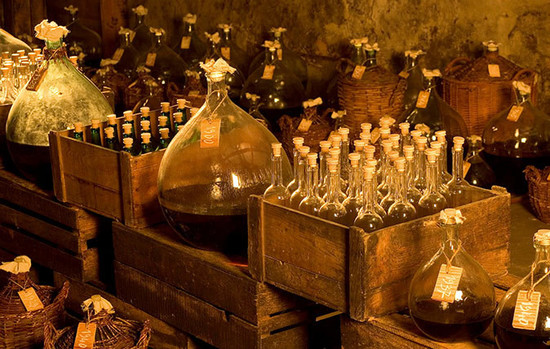
The contrast between Baco and Folle Blanche couldn’t be greater. Light and delicate, Folle Blanche is vulnerable to mildew and rot. But in the hands of a master it boasts a jasmine-scented nose with light spices and great finesse – the other end of the style spectrum from structured, four-square Baco.
Ugni Blanc is loved here for the same reason as in Cognac, producing wines with high acidity and low alcohol, ideally suited to distillation – giving Armagnacs of precision, fine fruit and smoothness.
Stills and skills
Varied soils; a cocktail of grape varieties; you might expect distillation at least to be a simple matter. You’d be wrong. The traditional method of production, dating back nearly 200 years, uses a single still, the Armagnacais alambic. This allows a continuous distillation, in contrast to the batch-by-batch, double distillation practised in Cognac. But there are a few double stills in Armagnac too, after the practice was revived in the early 1970s. Janneau, Samalens and Delord are three of the few producers using this method, which can give a smoother, more refined character to younger VS or VSOP styles.
To generalise, the eaux de vie made using the Cognac method are stronger (as they’re distilled twice) and, depending on your point of view, either finer or more straightforward – because only the middle part of the distillate, the heart, is used.
But it doesn’t follow that Armagnac is therefore more rustic or less refined, as much depends on the individual still used, and how it is run. Skilled distillation to a relatively low strength (about 55% alcohol) preserves fragrance and fruit, enhancing smoothness and complexity.
With a spirit that is often aged for decades, the barrels used for maturation are just as crucial as the distillation, soil, or grape. For the first year or two, the eau de vie is aged in new barrels – typically 400 to 420 litres, of wider-grained, spicy Gascon oak, or tighter-grained, less influential Limousin oak – to mellow and achieve a peak of wood influence.
Then the eau de vie is transferred into older, more neutral barrels for continued maturation, with the finest, longest-lived often moving into large glass dames-jeannes or bonbonnes after decades in wood.
Having said all that, it’s impossible to pinpoint a precise recipe for Armagnac. All of the ingredients described merge and combine to create a varied, distinctive range of products, from traditional VS, VSOP and XO designations to age-stated products and the region’s trump card – a range of fascinating vintage Armagnacs. There’s even a mixable white spirit – Blanche – for the cocktail generation.
Is Armagnac more distinctive and varied than Cognac? Certainly. Does that make it better? It depends what you like. Such comparisons are invidious, anyway. I’d say it was a case of horses for courses – if I didn’t think Cognac and Armagnac were different beasts altogether.
Translated by Sylvia Wu / 吴嘉溦
All rights reserved by Future plc. No part of this publication may be reproduced, distributed or transmitted in any form or by any means without the prior written permission of Decanter.
Only Official Media Partners (see About us) of DecanterChina.com may republish part of the content from the site without prior permission under strict Terms & Conditions. Contact china@decanter.com to learn about how to become an Official Media Partner of DecanterChina.com.

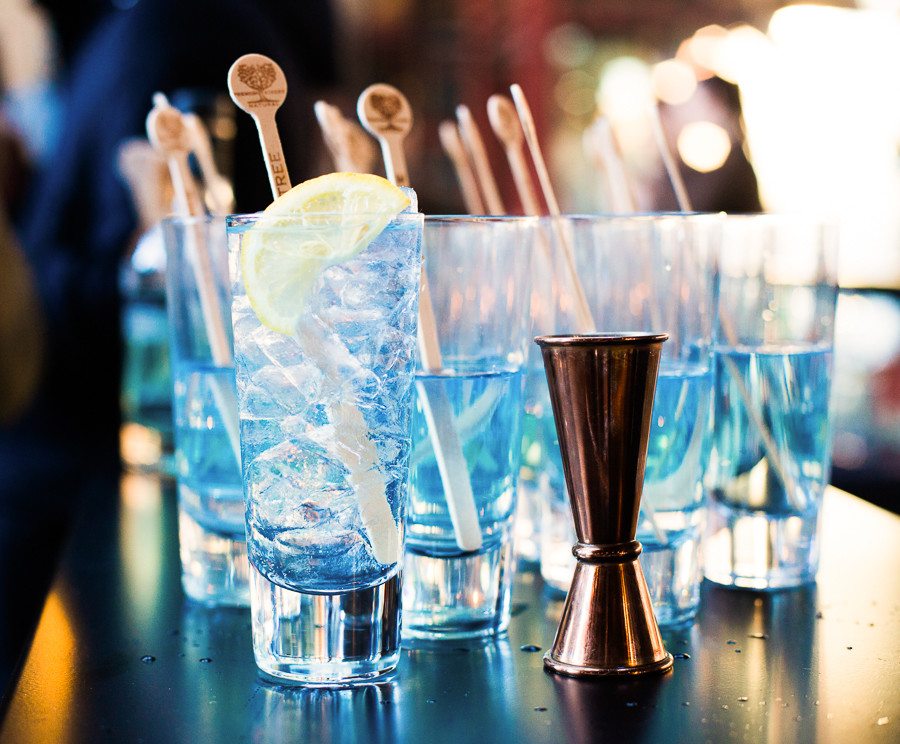
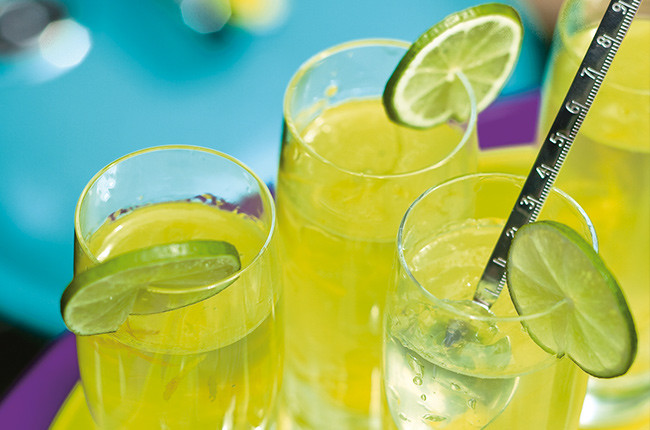
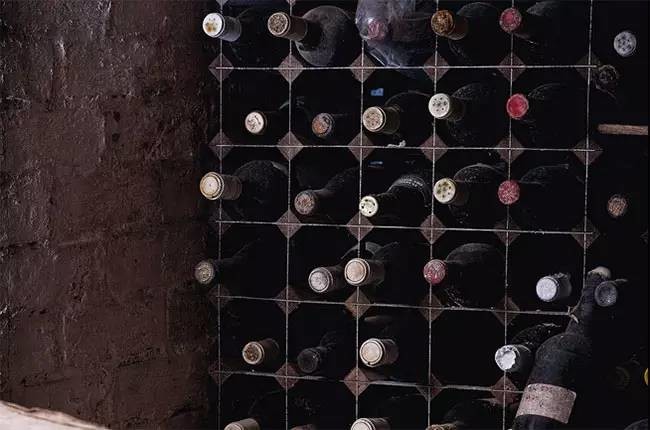
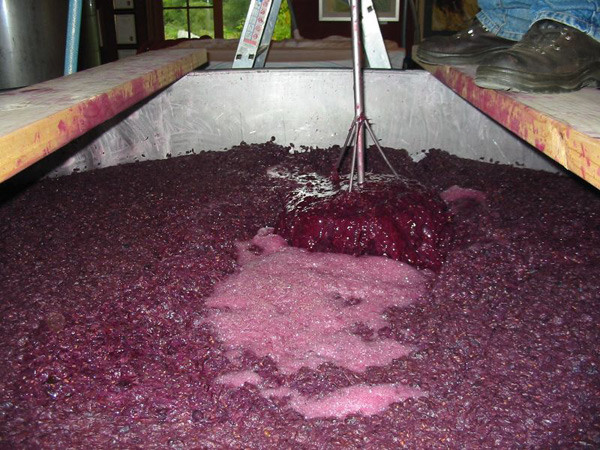
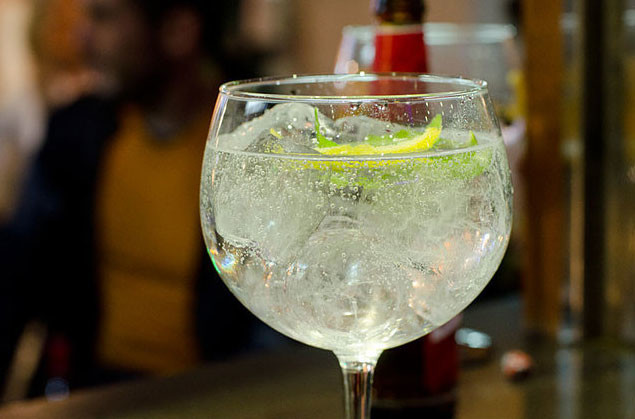
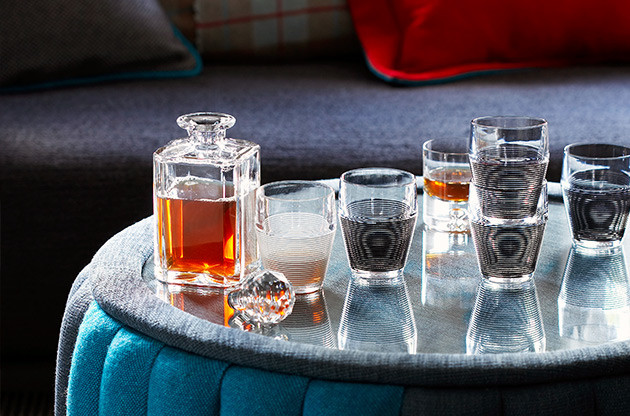
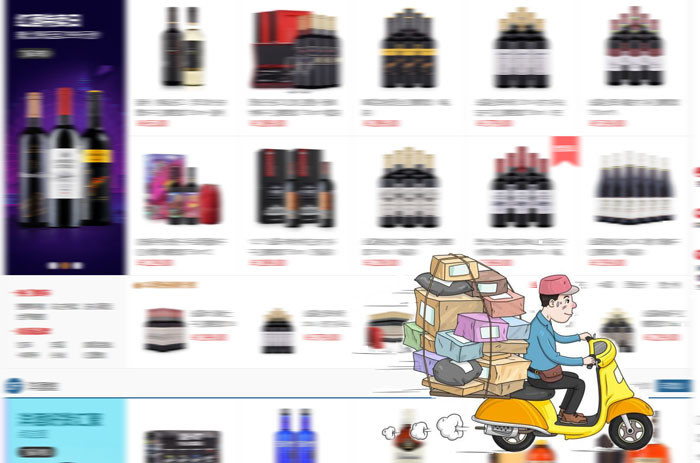
Comments
Submit